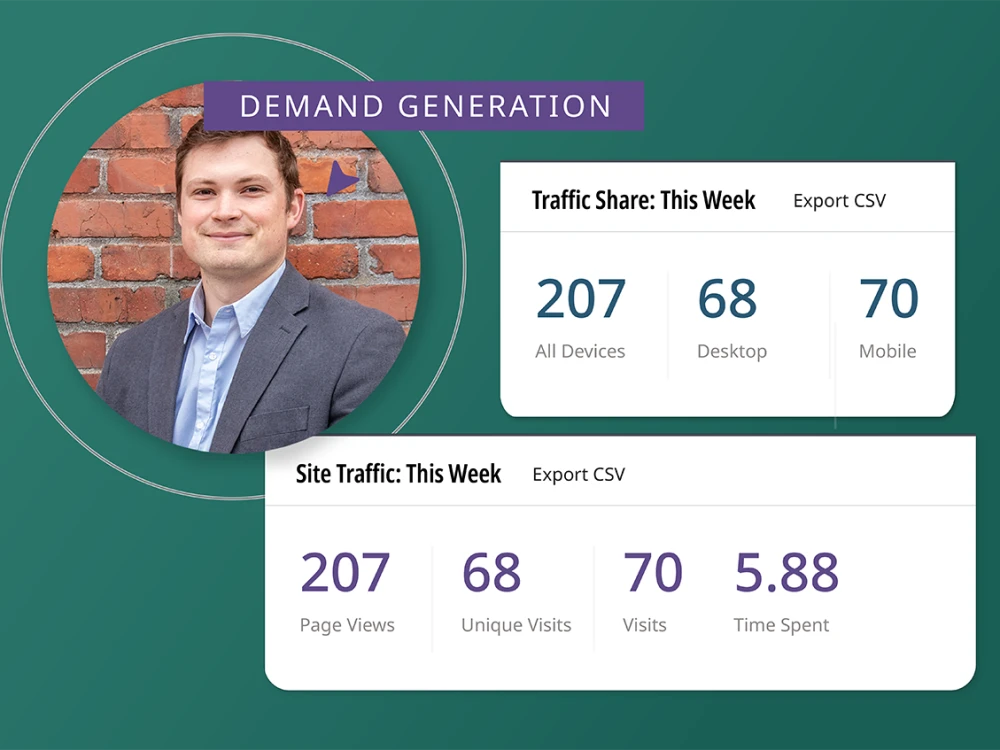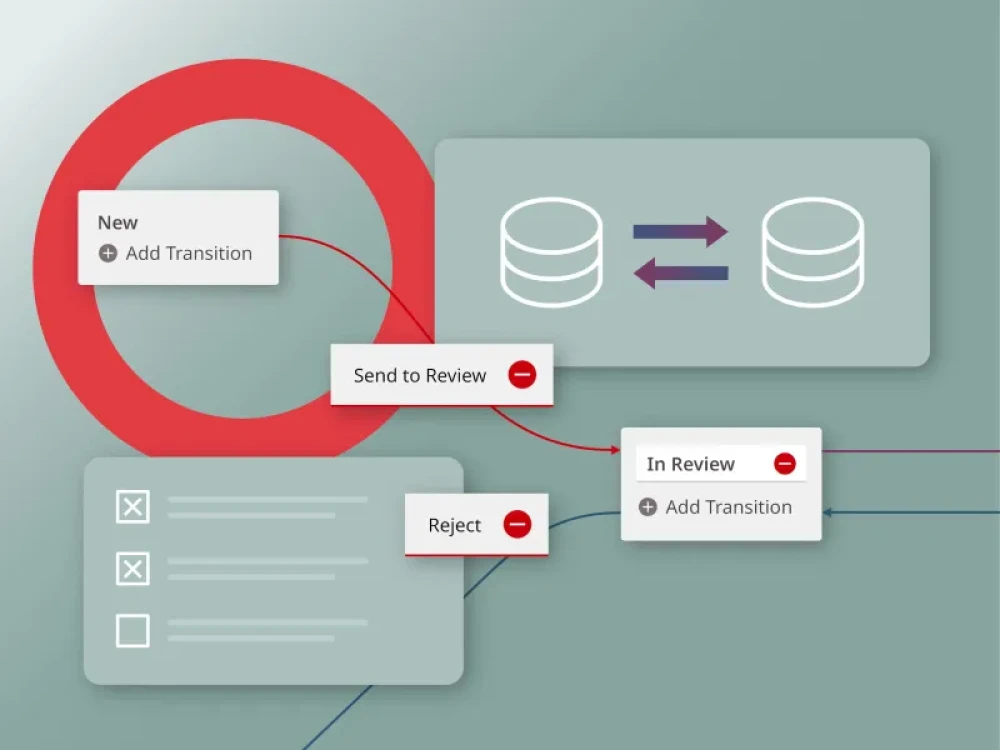No matter the industry you’re in, you are constantly competing for real estate in search results. You may make guesses as to which keywords might be most effective, but it’s always a solid play to defer to the experts. Content with the right keywords performs better in searches, and more importantly, brings more eyes to your business.
Semrush and Brightspot: How it works
Editors can use Brightspot’s Semrush integration in a few ways. On an existing Tag, they may access the Semrush tab to see Semrush-related keywords. Clicking a keyword will show additional metadata.
More actionably, though, editors may access a Content Type for which the integration has been enabled, like Article. Once the Article has been tagged, Semrush will automatically suggest SEO keywords on the right rail.
If editors want to clean up weaker SEO keywords, they can generate Workstreams in Brightspot that can be generated from the errors, warnings and notices that Semrush provides in their accounts. That way, each team member knows exactly what needs to be fixed, and they can collaborate as they make their corrections.
Semrush and Brightspot: Use cases
- An editor is tagging an Article and needs help deciding what SEO keywords to add to boost its performance in web searches. She opens up the Semrush Keywords widget on her Article and sees a list of keywords ranked by search volume. She adds a few of the keywords into the SEO Keywords field and re-writes a sentence or two of the Article body to include other keywords.
- A Site administrator wants to ensure that certain keywords are never included in the Semrush results. These may be inappropriate words, words that may promote a competitor, or words that have been deemed useless from an SEO perspective (like “the,” “and,” etc.).
- An organization wants to make a stronger SEO play against competitors in a shared space. In addition to eyeing new SEO keywords to boost content performance in search, editors—through the use of Brightspot’s Workstreams feature—employ their teams to seek out weaker SEO keywords and replace them with ones that perform better.





